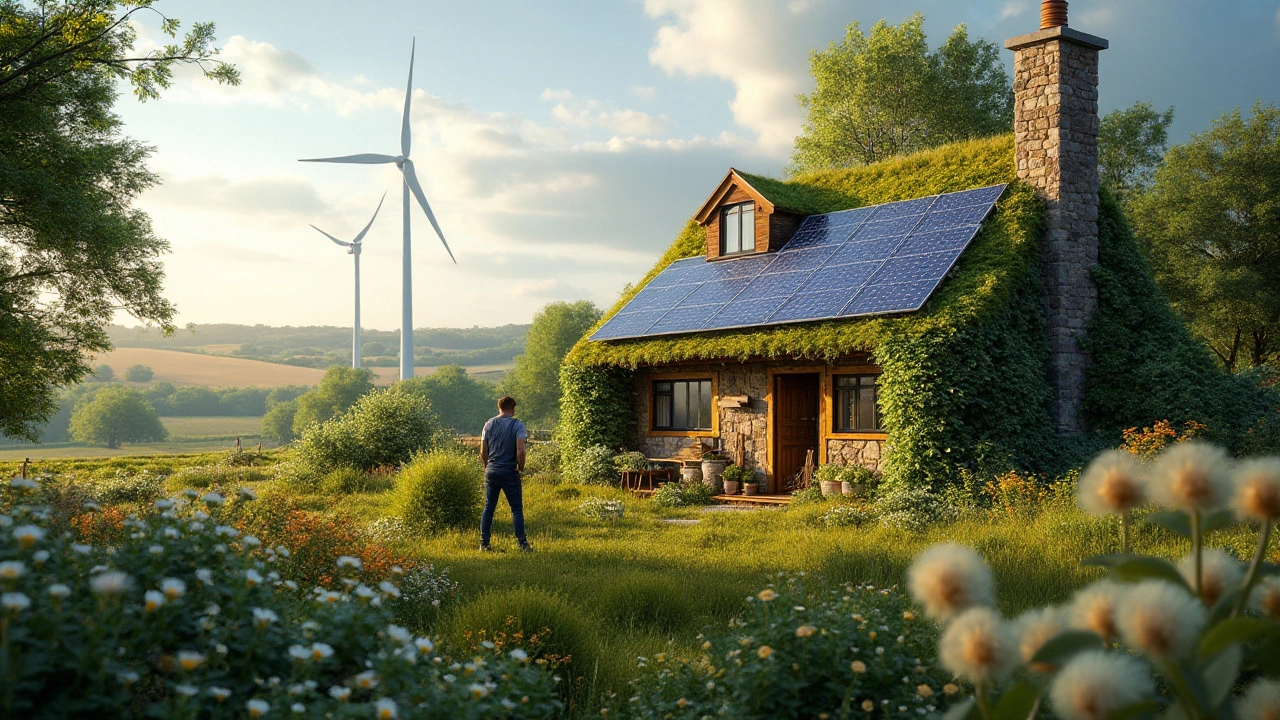
Renewable Materials: Simple Guide for Sustainable Living
Thinking about building a cottage, a glamping site, or just fixing up a room? Using renewable materials can save you money, cut carbon, and make your space feel natural. Below, we break down why these materials matter and which ones are easiest to find.
Why Choose Renewable Materials?
Renewable materials come from resources that grow back quickly – like timber from responsibly managed forests or bamboo that shoots back in a few years. When you pick them, you avoid the long extraction process of steel or concrete, which burns a lot of fuel. The result is lower greenhouse‑gas emissions and a healthier indoor environment because many renewable options are free of harsh chemicals.
Another win is cost. Local timber or straw‑bale panels often cost less than imported steel beams, especially when you factor in transportation. Plus, many homeowners report lower heating bills because materials like cork or wood have good insulation properties.
Top Renewable Materials You Can Use Right Now
Timber: Look for FSC‑certified lumber. It’s sourced from forests that are replanted and managed sustainably. Use it for framing, flooring, and even exterior cladding. A simple timber beam can add a rustic feel to a Loch Ness cottage while staying green.
Bamboo: This fast‑growing grass is strong enough for flooring, walls, and furniture. It’s lighter than hardwood, so it’s easier to ship to remote locations. Bamboo panels work great in glamping cabins where you want a natural vibe.
Cork: Harvested from the bark of cork oak trees without cutting them down. Cork is an excellent sound absorber and insulator, perfect for bedroom walls or underfloor heating.
Straw‑Bale: Stack bales to create thick, insulating walls. It’s cheap, fire‑resistant when properly sealed, and gives a cozy, earthy look. Many eco‑homes on the Highlands use straw‑bale for the main walls.
Reclaimed Brick & Stone: Instead of quarrying new stone, reuse bricks from old buildings. They add character and reduce waste. A reclaimed stone fireplace can become the centerpiece of a country house.
When you combine these materials, you can create a home that feels connected to the landscape while staying modern. For example, a timber frame with cork insulation and a bamboo floor gives a clean, warm aesthetic that fits both a boutique hotel and a family cottage.
Before you buy, check certifications (FSC, PEFC) and ask suppliers about the source. Local suppliers often have better pricing and lower transport emissions. If you’re renovating, consider reusing materials from the existing structure – it’s cheap and eco‑friendly.
Ready to start? Make a short list of what you need – walls, flooring, insulation – then match each item with a renewable option. Order a small sample to see how the texture feels in your space. Finally, work with a builder who knows sustainable practices; they’ll help you avoid shortcuts that could ruin the green benefits.
Using renewable materials isn’t a luxury; it’s a smart choice for anyone who loves the outdoors and wants a comfy, healthy home. Whether you’re planning a boutique hotel, a glamping cottage, or a simple renovation, these options keep your project affordable and kind to the planet.
